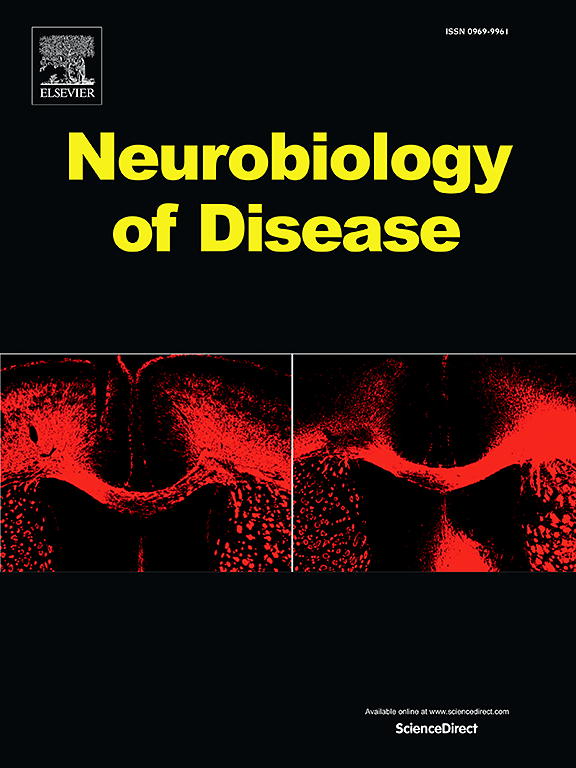Effects of trace element dysregulation on brain structure and function in spinocerebellar Ataxia type 3
IF 5.1
2区 医学
Q1 NEUROSCIENCES
引用次数: 0
Abstract
Spinocerebellar ataxia type 3 (SCA3), a neurodegenerative disorder caused by excess CAG repeats in the ATXN3 gene, leads to progressive cerebellar ataxia and other symptoms. The results of previous studies suggest that trace element dysregulation contributes to neurodegenerative disorder onset. Here, we investigated the relationships of trace element dysregulation with CAG repeat length, clinical severity, and brain structural and functional connectivity in 45 patients with SCA3 and 44 healthy controls (HCs). Blood levels of lithium (Li), selenium (Se), and copper (Cu) were significantly lower in patients with SCA3 than in HCs; Li and Se levels were negatively correlated with CAG repeat length, especially in the manifest subgroup. Diffusion tensor imaging combined with resting-state functional magnetic resonance imaging revealed that Li levels were negatively correlated with fractional anisotropy in the white matter (WM) of bilateral frontal and parietal regions; tractography mapping showed disorder structural connectivity of Li-associated region nerve fiber pathways in patients with SCA3. Dynamic causal modeling analyses showed bidirectional causal connectivity from the inferior parietal lobule(IPL) to the cerebellum was significantly correlated with the blood level of Li in patients with SCA3. Time series correlation-based functional connectivity analysis revealed that the intrinsic connectivities of the bilateral dorsal premotor cortex(PMd) and IPL with local cerebellar regions were significantly weaker in patients with SCA3 than in HCs. Our results suggest that trace element dysregulation, especially Li deficiency, induces brain alterations and clinical manifestations in patients with SCA3; Li supplementation may be beneficial for WM or astrocytes in this patient population.
求助全文
约1分钟内获得全文
求助全文
来源期刊

Neurobiology of Disease
医学-神经科学
CiteScore
11.20
自引率
3.30%
发文量
270
审稿时长
76 days
期刊介绍:
Neurobiology of Disease is a major international journal at the interface between basic and clinical neuroscience. The journal provides a forum for the publication of top quality research papers on: molecular and cellular definitions of disease mechanisms, the neural systems and underpinning behavioral disorders, the genetics of inherited neurological and psychiatric diseases, nervous system aging, and findings relevant to the development of new therapies.
 求助内容:
求助内容: 应助结果提醒方式:
应助结果提醒方式:


